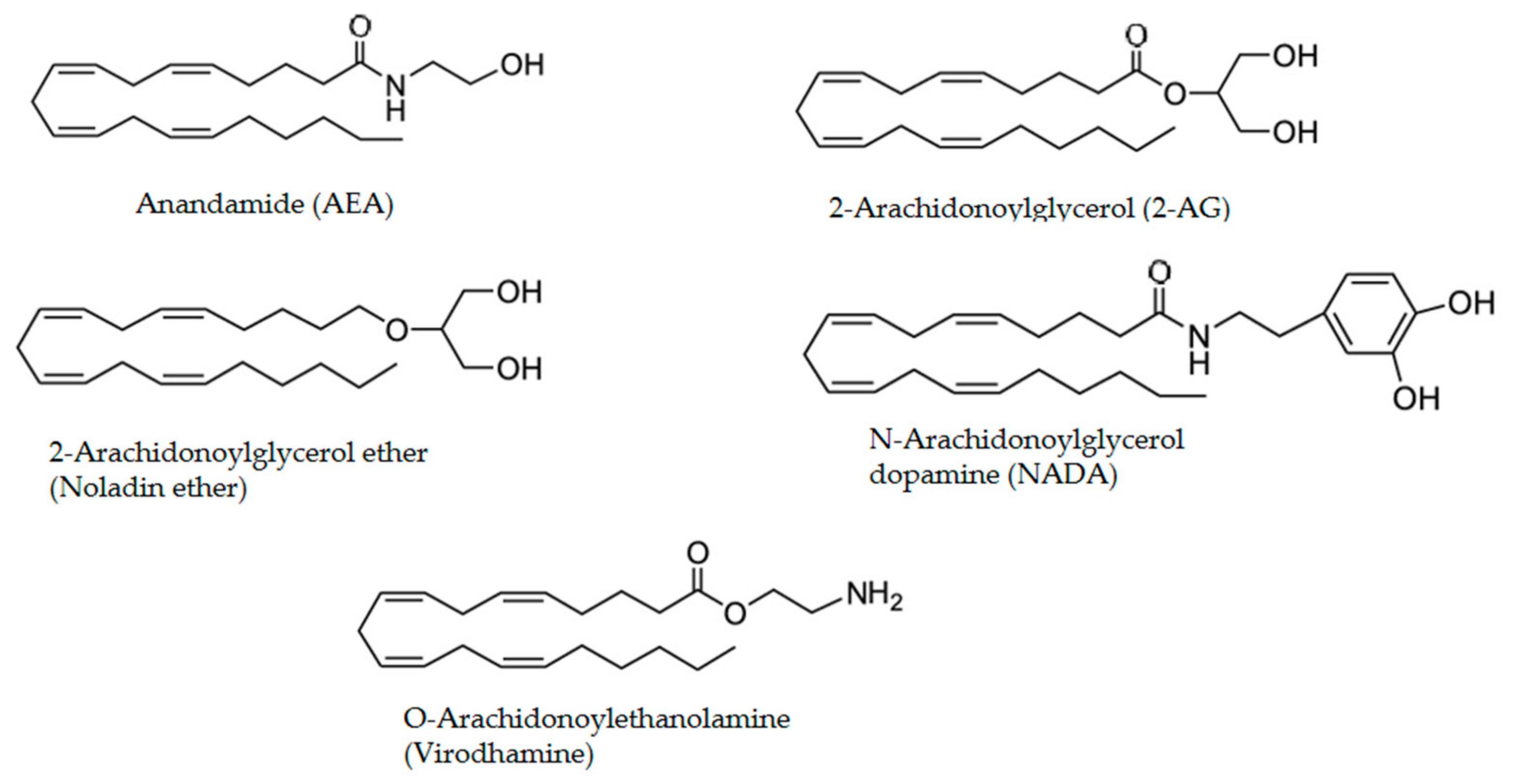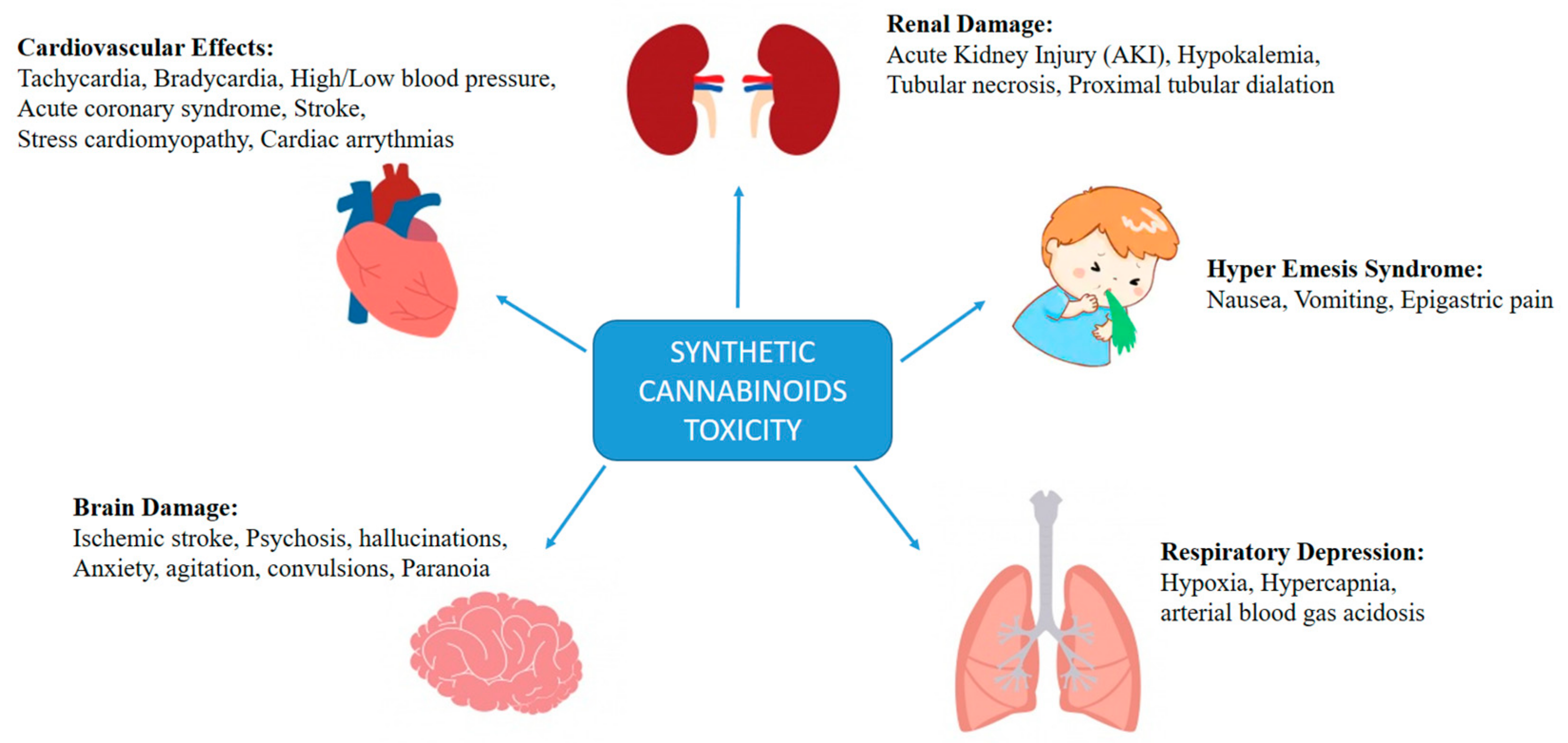Full agonists, partial agonists and inverse agonists
By A Mystery Man Writer
An agonist is a ligand that binds to a receptor and alters the receptor state resulting in a biological response. A full agonist reaches the maximal response capability of the system, and a partial agonist does not (even at full receptor occupancy). A partial agonist acts as an antagonist in the presence of a full agonist (if they compete for the same receptors). An inverse agonist is a ligand that by binding to receptors reduces the fraction of them in an active conformation. Spare receptors are said to exist wherever a full agonist can cause a maximum response when occupying only a fraction of the total receptor population.

Solved Question 41 Which of the following statements is

PDF) 7-Oxo-[1,4]oxazino[2,3,4-ij]quinoline-6-carboxamides as Selective CB2 Cannabinoid Receptor Ligands: Structural Investigations around a Novel Class of Full Agonists

Partial agonists of dopamine receptors: receptor theory and the dopamine hypothesis of psychosis, BJPsych Advances

How to understand from the L*R graph, do we deal with agonist, antagonist and inverse agonist - Quora

Drug-Receptor Interaction: Agonist - Concept, Pharmacology

2.Mechanism of drug actons

1 Pharmaceutical definitions of different ligand types: full agonists

Agonist, Antagonist, Partial Agonist, Inverse Agonist

What is a drug? and how does a drug work? Different types of agonist and antagonist

Pharmaceuticals, Free Full-Text

Pharmaceuticals, Free Full-Text

Rational drug design of CB2 receptor ligands: from 2012 to 2021 - RSC Advances (RSC Publishing) DOI:10.1039/D2RA05661E

Unit 2 General Pharmacology (As per PCI syllabus)








